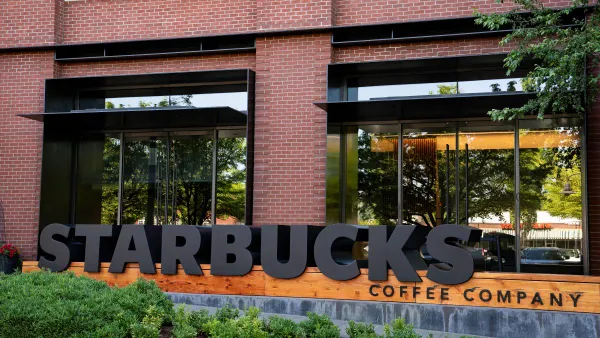Dive Brief:
- The overwhelming majority of local chamber of commerce leaders say businesses in their respective areas have found it difficult to hire new workers in the current climate, according to the results of a December U.S. Chamber of Commerce survey.
- Additionally, 78% of respondents said a lack of workers was the biggest factor impacting their local economies, despite the Chamber finding that more than half of respondents said local economies were either "strong" or "very strong." Trade association economists were more optimistic, per the Chamber, as 71% said their respective industries were "strong" or "very strong."
- Analysis of federal jobs data shows worker availability has reached historic lows, according to the Chamber. It found that the national Worker Shortage Index, a measure of available workers divided by job openings, remained below one available worker per job opening in November against a historical average of 2.7 workers per job opening.
Dive Insight:
Retention may prove equally as challenging as recruiting. The U.S. recorded a record high quit rate of 3% in November, according to the U.S. Bureau of Labor Statistics.
By now, HR teams have had the opportunity to discern the trends driving workers to either quit or withdraw from considering certain roles. Some worker segments report feeling undervalued or in need of better advancement opportunities, according to a November 2021 Boston Consulting Group survey. Employees who choose to stay when others leave may take on additional work and responsibilities, leading to frustration, stress and other negative impacts, according to an October 2021 Society for Human Resource Management study.
In a series of statements shared by the Chamber, stakeholders discussed industry-specific challenges that complicate business outlooks. For example, Ken Simonsen, chief economist at the Associated General Contractors of America, wrote that construction industry craft workers report lower levels of COVID-19 vaccination and higher vaccine hesitancy rates compared to those in other jobs. Contractors also will need to raise pay to offset the lure of perks construction jobs cannot offer, such as remote work and flexible hours, Simonsen said.
Others posit that workers now find themselves in a position to seek better working conditions. Earlier this month, Secretary of Labor Marty Walsh noted the role worker discontent may play in broader economic concerns such as rising inflation. "Everyone talks about the great resignation, and I think what we've seen there is not necessarily resigning from work but resigning from their jobs; a job that was not fulfilling enough for folks," Walsh said, according to a report by Michigan NBC affiliate WOOD-TV.
Flexibility proves to be a focus area for employers as they seek to improve their labor situation. Nearly three-quarters of HR manager respondents to a recent GoodFirms poll said flexibility concerns were a cause of voluntary turnover, though small shares of employees surveyed by GoodFirms said they were unsatisfied with pay and promotion opportunities.
Employers also are primed to build salary increases into their 2022 budgets, though those increases may fall below what organizations actually need to pay to retain and attract talent, according to a recent survey of compensation professionals by WorldatWork.














